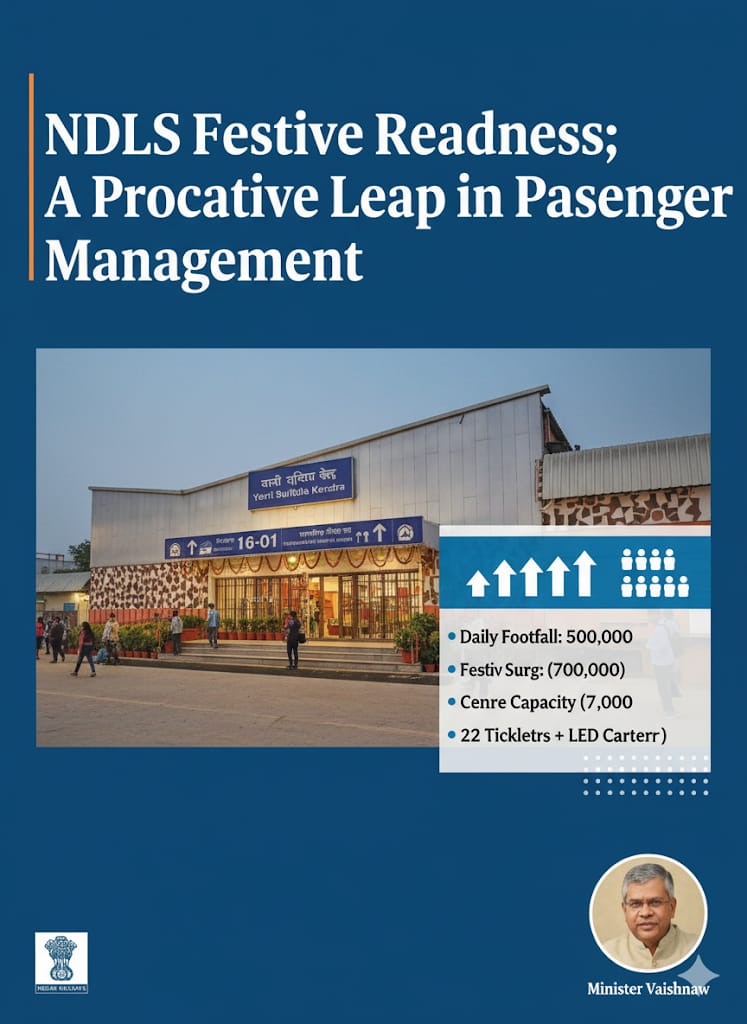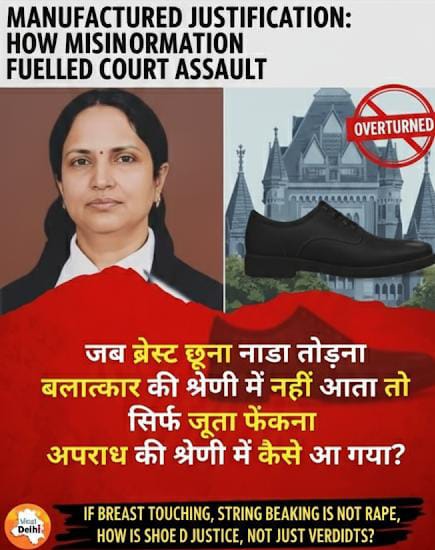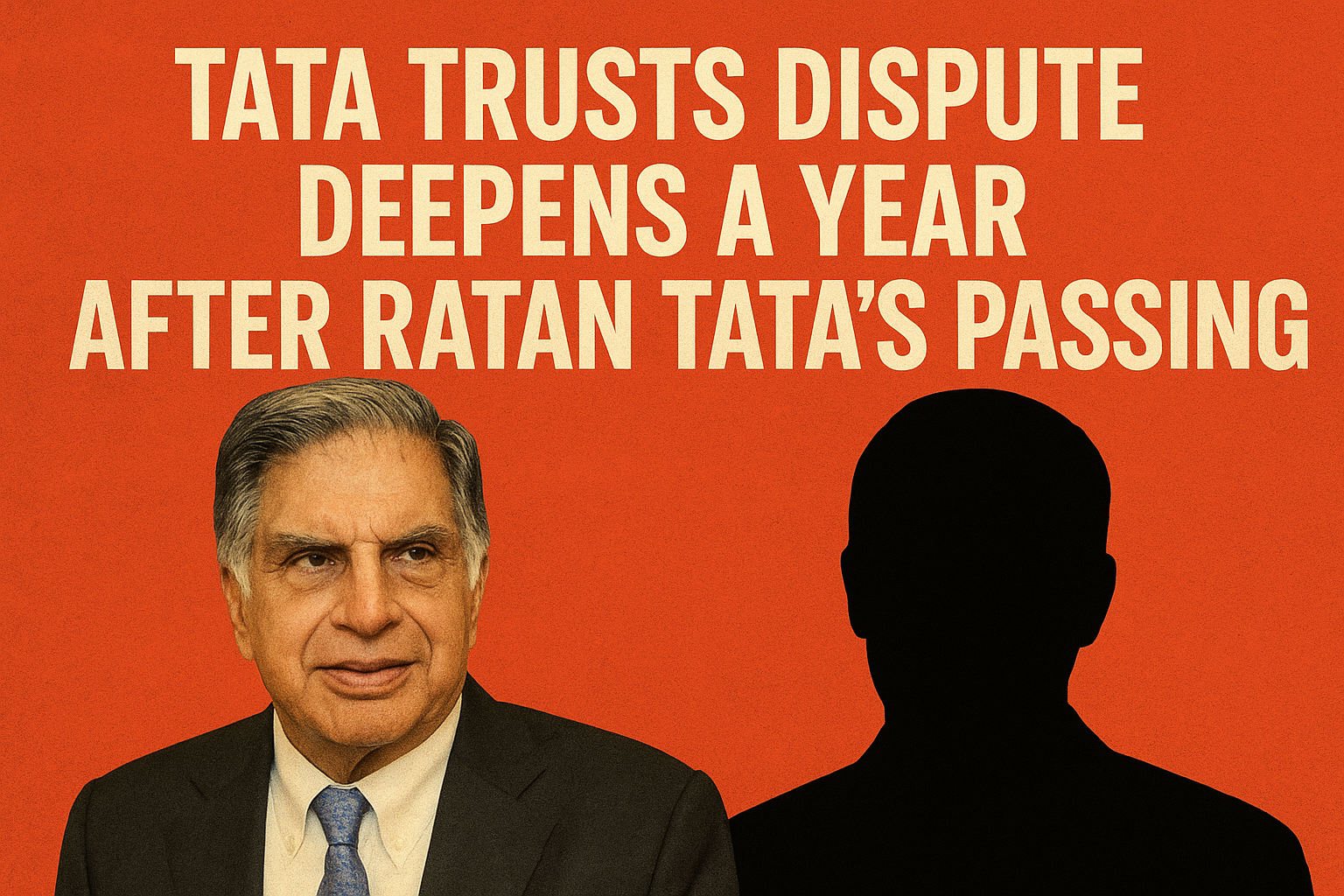
When the obituary of a scientist runs longer than that of a politician, one must pause and bow, if not out of reverence, then out of rare admiration. Last week, at the age of 95, Malur Ramasamy Srinivasan left the world quietly in an Ooty hospital, attended not by headlines but by his family—perhaps the only people who knew just how weighty his silence had always been.
But let there be no confusion: his work made more noise than most of us ever will.
Born in Bangalore in 1930, when the British still ran the show and engineers were prized almost as much as brown sahibs, Srinivasan took the predictable path of mechanical engineering from Mysore, then Canada, where he flirted with gas turbines at McGill. Fortunately for India, he came back. Many didn’t.
In 1955, he joined the Department of Atomic Energy, back when India’s nuclear dream was still a gleam in Homi Bhabha’s bespectacled eyes. Srinivasan wasn’t the kind to hold forth at seminars or charm the foreign press. He preferred blueprints to microphones. By 1956, he had a hand in Apsara, India’s first nuclear research reactor. It went critical, and so did his career.
He climbed steadily, never with the hysteria of ambition, but with the firm step of a man who knows what uranium can do when you treat it right. In 1967, he was the chief project engineer at Madras Atomic Power Station. In 1974, while the rest of India watched Pokhran with bated breath, Srinivasan was already thinking of the next decade. By 1984, he helmed the Nuclear Power Board. Eighteen reactors later, we had enough electricity to power not just cities, but egos too.
But perhaps the best tribute came from his daughter. Sharda said her father was more wedded to his work than to sentiment. Even as he neared his 95th birthday, he was planning a celebration of accomplishments, not longevity. One imagines he might have corrected his own eulogy for technical errors if he had lived another week.
In 1987, he became the chairman of the Atomic Energy Commission and the secretary of the DAE. Around the same time, he helped set up the Nuclear Power Corporation of India Ltd., the civilian outfit for atom enthusiasts. The same year, presumably with jet lag and polite exhaustion, he also served as a senior advisor to the IAEA in Vienna and joined the National Security Advisory Board. It was a time when men still believed intelligence mattered more than charisma.
Even political rivals found themselves in rare agreement over his passing. Modi called him a mentor to young scientists. Kharge praised his technical brilliance. Jairam Ramesh, usually armed with footnotes, simply called him foundational. Tamil Nadu’s Stalin called him a nation builder—one suspects Srinivasan would have quietly corrected him: “reactor builder, please.”
He was awarded the Padma Vibhushan, a civilian honor that sits somewhere below sainthood and just above lifetime achievement. He wore it lightly.
Srinivasan never chased headlines. He chased neutrons, deadlines, and megawatts. His life was not of a spectacle, but of systems designed, debugged, and delivered. He didn’t shout about Atmanirbhar Bharat, he built it.
As India gropes for cleaner, smarter energy, Srinivasan’s legacy will loom large like a control room humming efficiently behind thick glass. Not loud, not flashy. Just reliable.
And perhaps that is the best kind of power.




.jpeg)
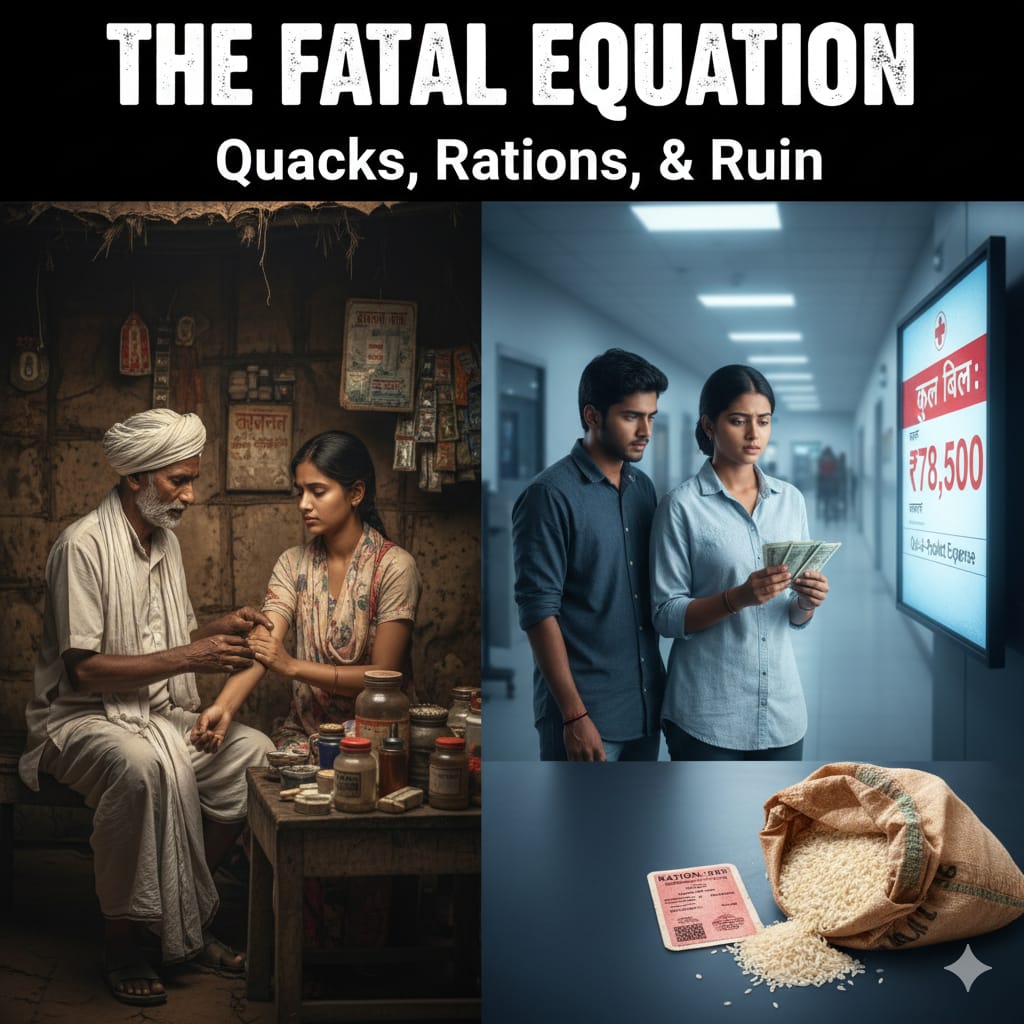
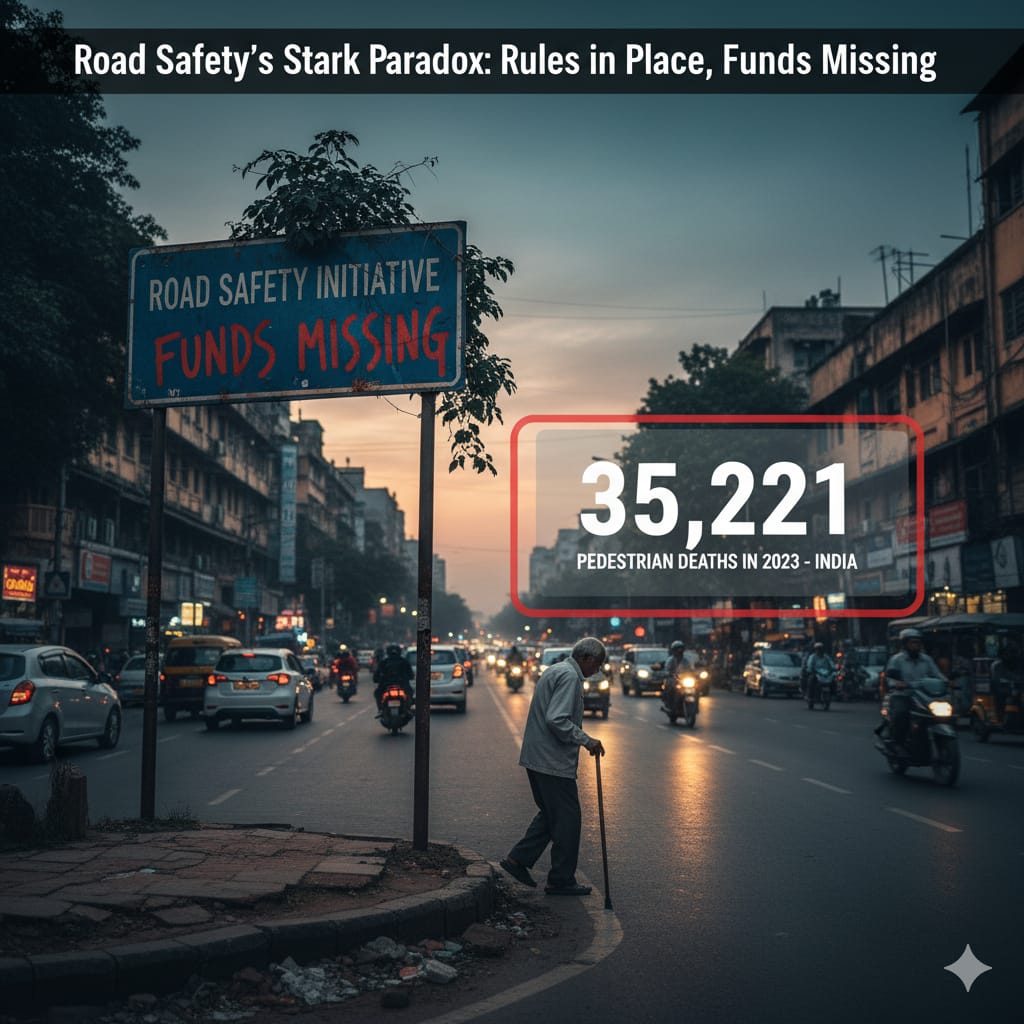
.jpeg)

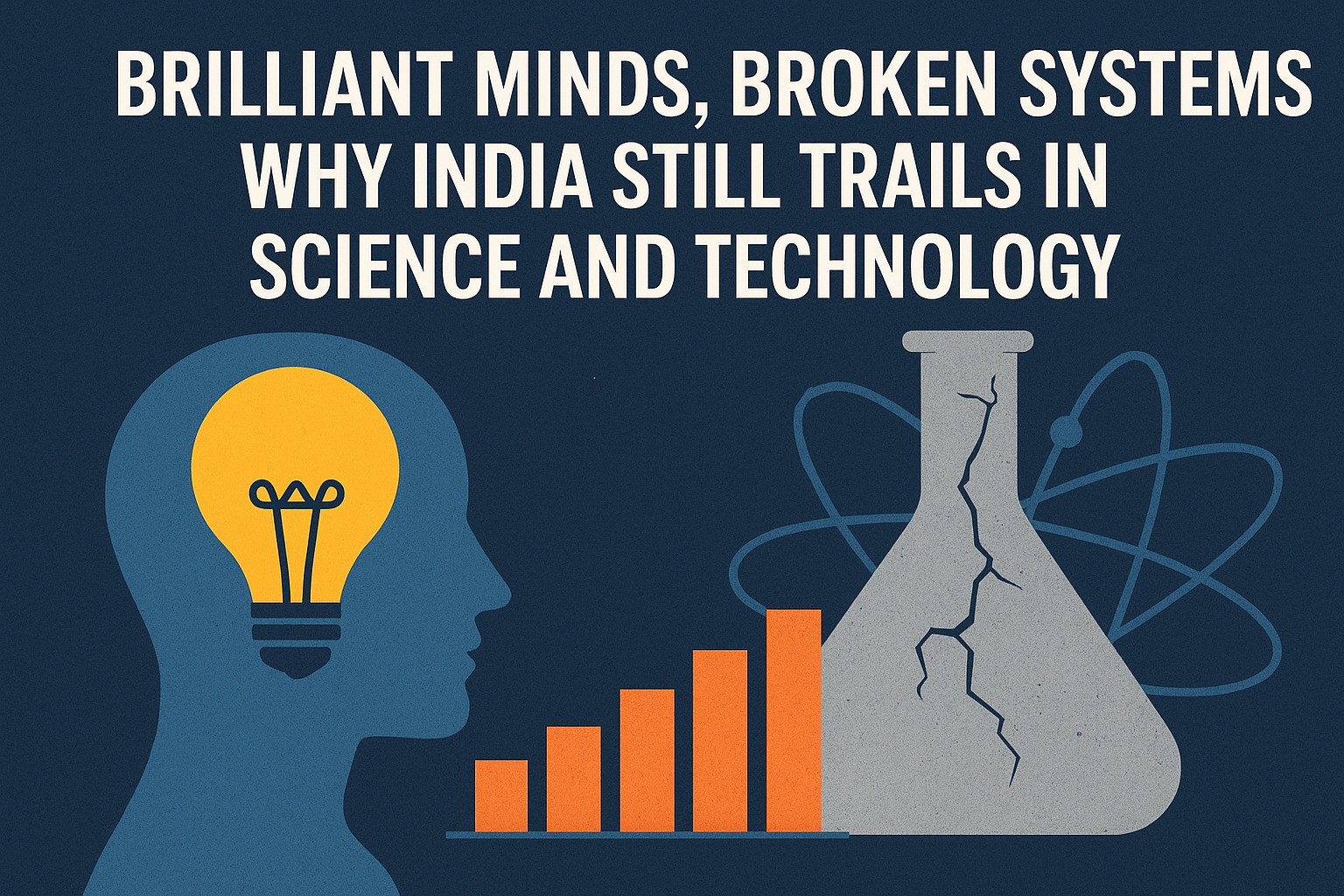
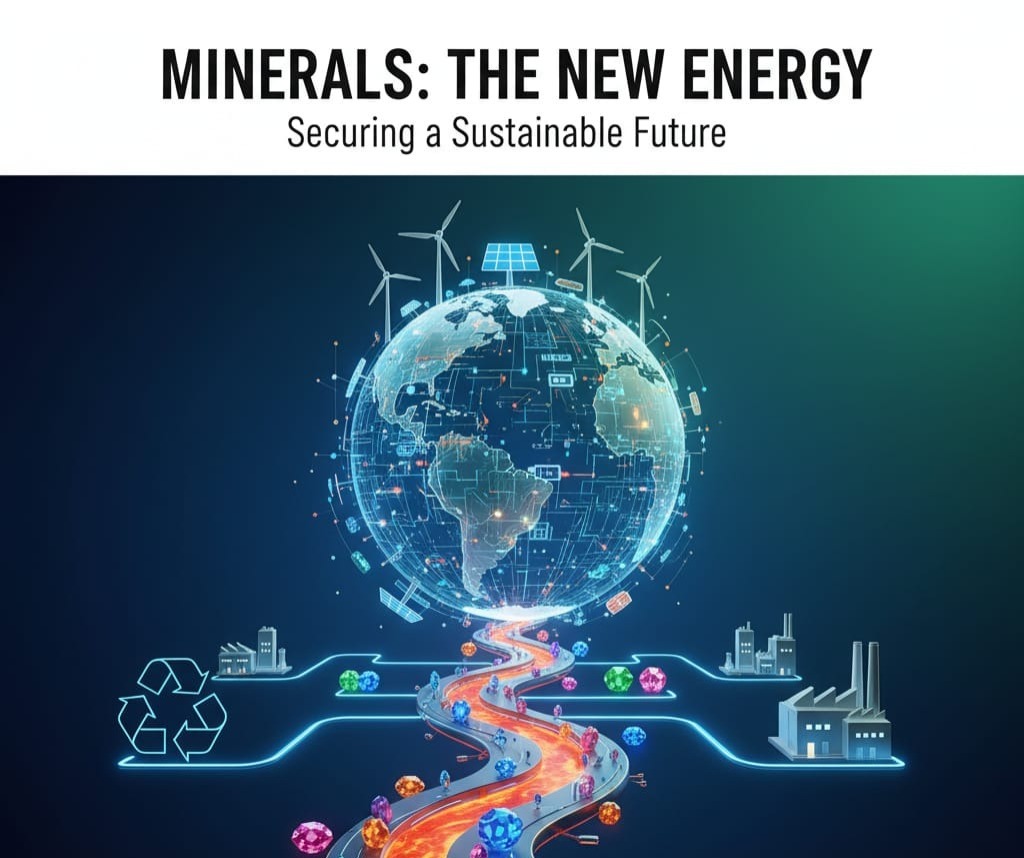

.jpeg)
